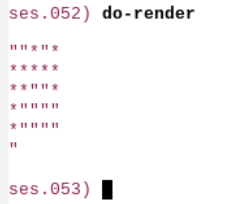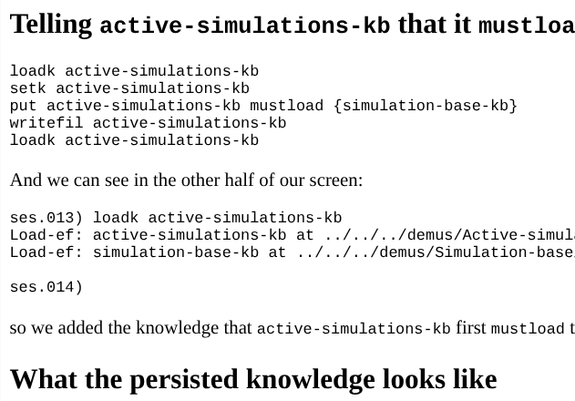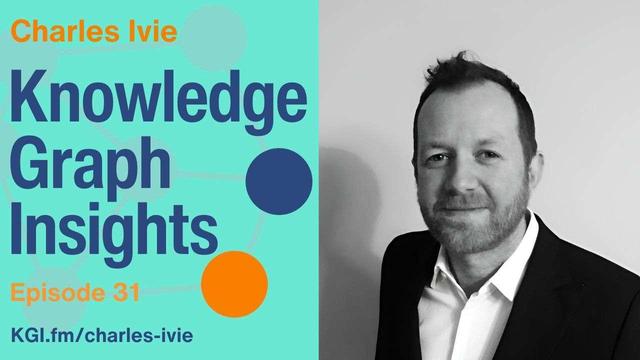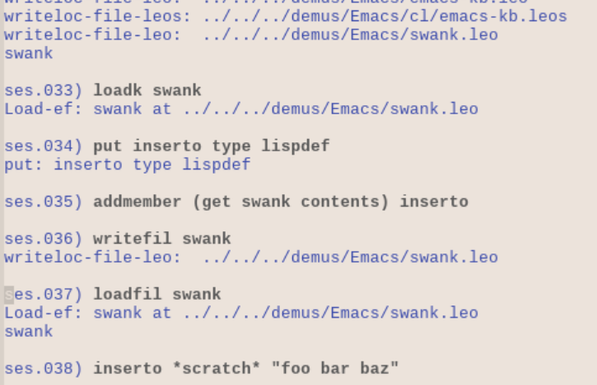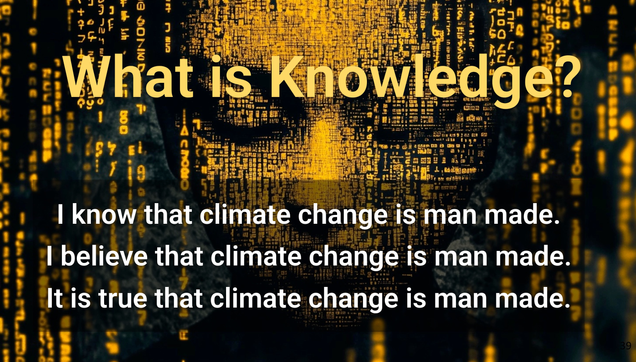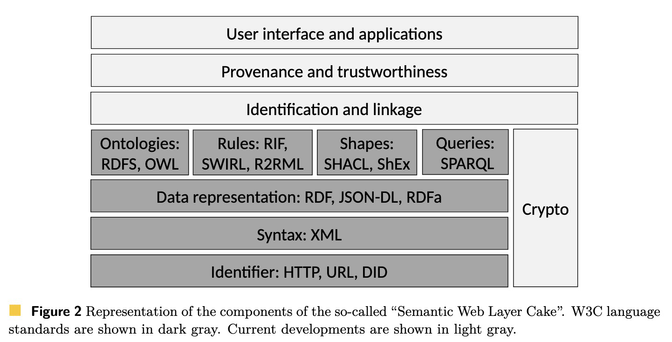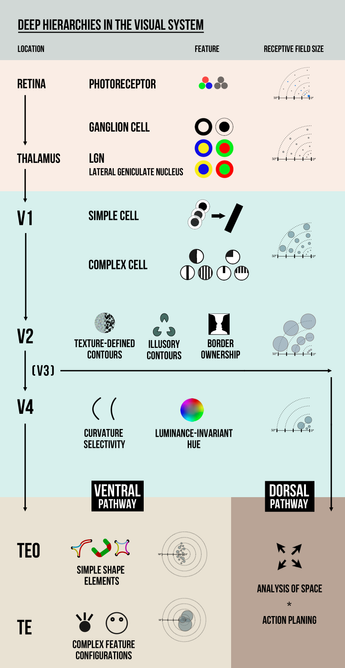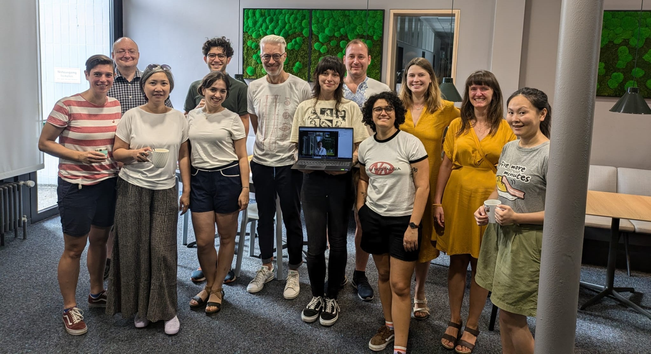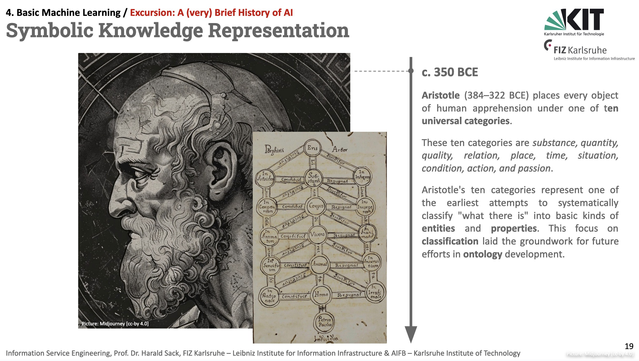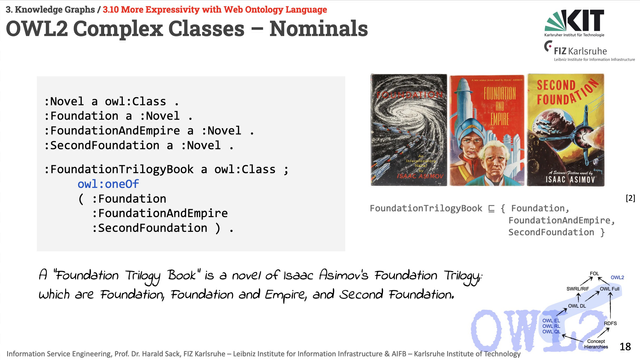#programming #knowledgeRepresentation #lisp #gamedev #devlog #retrospective
sharpsign
my kitten is alive (ask the cat - Heinlein)
https://screwlisp.small-web.org/lispgames/games-as-knowledge/
this one has the least gremlins. Since my game was an hour of a dandelion-random-walk-through-a-field the retrospective is also literally the code I evaluated. I'm going to continue /here/ with a sort of separate retrospective retrospective retrospective.
What I /exposed/ in my agent relevant to the game experience were:
1/?
